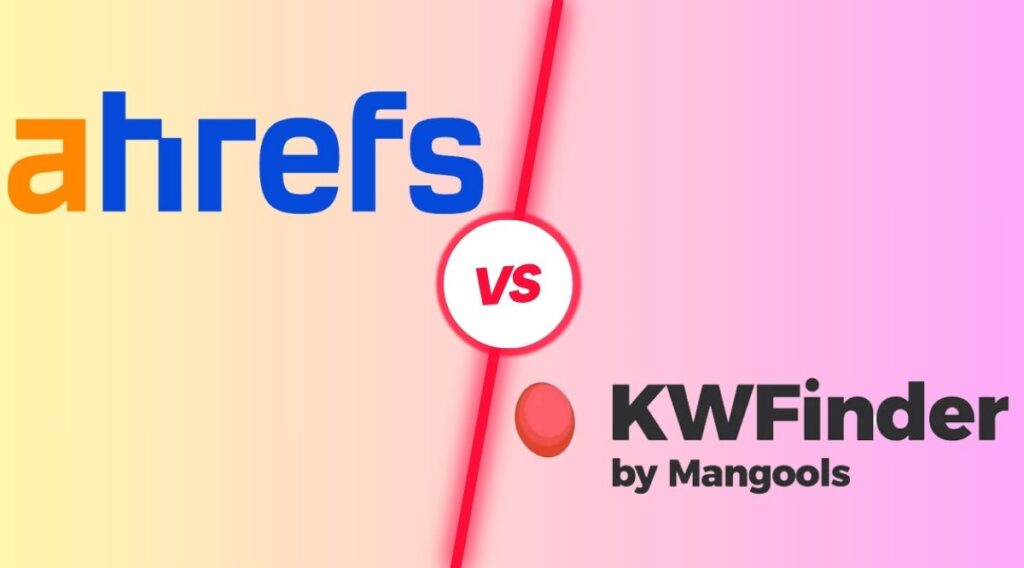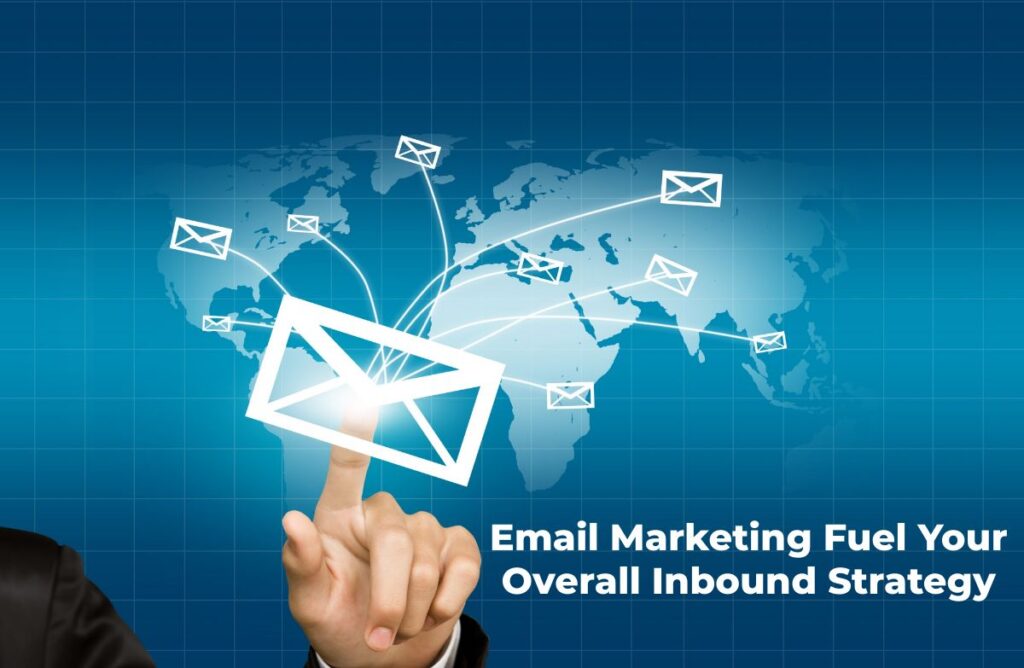In today’s fast-moving digital landscape, paid advertising has become one of the most effective ways for businesses to attract new customers, increase brand visibility, and accelerate growth. Yet running ads without understanding what competitors are doing is like navigating a road without a map. This is where Google Ads competitor analysis for business growth becomes a game-changer. By evaluating competitor strategies, ad performance, keywords, and spending habits, companies can uncover powerful insights that sharpen their own campaigns, reduce wasted budget, and boost return on investment (ROI).
This guide goes beyond surface-level tactics. It explores why analysing competitors is crucial, the benefits it brings, the exact steps to perform a comprehensive review, and how to translate those findings into measurable success. Whether you are a growing business or an established enterprise, learning how to decode competitor advertising strategies can provide the edge needed to dominate in paid search.
Why Competitor Analysis is Essential in Google Ads
Every business faces competition in the digital marketplace. Customers are searching for solutions daily, and competitors are bidding for the exact keywords, running similar campaigns, and targeting overlapping audiences. Without understanding their approach, businesses risk:
- Overspending on irrelevant keywords.
- Missing opportunities to capture high-intent search traffic.
- Delivering weaker ad copy compared to rivals.
- Failing to achieve the desired ROI from PPC campaigns.
Competitor analysis provides clarity. It shows what works for others in your industry, where they succeed, and where they fall short. By learning from both strengths and weaknesses, businesses can make smarter decisions and build campaigns that outperform the competition.
 Boost your business with Google Ads competitor analysis
Boost your business with Google Ads competitor analysis
Benefits of Competitor Analysis in Paid Advertising
When executed correctly, competitor analysis brings multiple advantages:
1. Smarter Keyword Targeting
By reviewing which search terms competitors are bidding on, businesses can identify profitable keywords, avoid low-converting terms, and uncover gaps in the market. This reduces wasted spend and drives more qualified leads.
2. Improved Ad Copy Performance
Examining competitor ad headlines, descriptions, and calls to action reveals what resonates with the audience. This helps craft more compelling, differentiated copy that captures attention and drives clicks.
3. Optimised Bidding Strategy
Understanding how competitors allocate budgets and bid for positions enables businesses to refine their own strategy. This may involve focusing on long-tail keywords, timing bids more effectively, or reallocating budget to campaigns with the highest ROI.
4. Enhanced Landing Pages
Analysing competitor landing pages shows how others guide users through the conversion process. Insights into design, messaging, and offers help create more persuasive pages that increase conversion rates.
5. Stronger Market Positioning
Competitor insights allow businesses to identify unique selling points (USPs) and highlight them in ads, ensuring they stand out in crowded markets.
Step-by-Step Guide to Google Ads Competitor Analysis
To harness the whole possibility of competitor analysis, businesses should follow a structured process.
Step 1: Identify Key Competitors
Start by defining who your direct competitors are in Google Ads. These may differ from your offline competitors. Search for your main industry keywords and note which businesses consistently appear in top ad placements.
Step 2: Review Competitor Keywords
Use tools like SEMrush, SpyFu, or Google Keyword Planner to uncover the terms competitors are targeting. Analyse both broad and long-tail keywords, and determine whether they align with your business objectives. Look for opportunities where competitors may be under-investing or overpaying.
Step 3: Study Ad Copy and Messaging
Examine headlines, descriptions, and display URLs. What emotional triggers are they using? Are they promoting discounts, guarantees, or unique features? Comparing multiple competitors provides patterns that highlight what audiences respond to.
Step 4: Evaluate Ad Extensions
Competitors often use site link, callout, and structured snippet extensions. These not only provide extra visibility but also strengthen credibility. Reviewing them reveals ways to make your ads more informative and appealing.
Step 5: Assess Landing Pages
Click through competitor ads (without repeatedly inflating their clicks) to evaluate their landing pages. Look at design, user experience, speed, and call-to-action clarity. Note where they excel and where they fall short.
Step 6: Monitor Ad Placement and Timing
Competitors may bid more aggressively during certain hours, days, or seasons. Tracking these trends helps adjust your bidding strategy to capture opportunities when others scale back.
Step 7: Analyse Ad Spend Estimates
While exact budgets are private, third-party tools provide estimates of monthly ad spend. This reveals which competitors are most aggressive, where they focus their budget, and whether they rely on branded or non-branded search terms.
Step 8: Track Performance Trends
Over time, monitor changes in competitor behaviour. If a rival suddenly increases ad spend or shifts keywords, it may indicate a new campaign or product launch. Adapting quickly allows you to stay ahead.
Turning Insights into Action
- Drive business growth with competitor analysis
Competitor analysis alone doesn’t guarantee success. The key lies in applying findings effectively. Here’s how to translate insights into results:
- Refine Your Keyword Strategy: Prioritise high-intent terms that competitors overlook.
- Differentiate Your Ad Copy: Avoid generic messaging; emphasise unique value propositions.
- Improve Quality Scores: Ensure ads, keywords, and landing pages align for higher ad relevance and lower costs.
- Focus on Customer Experience: Build landing pages that not only inform but also inspire action.
- Test Continuously: Use A/B testing to refine copy, design, and offers, informed by competitor benchmarks.
Common Mistakes Businesses Make Without Competitor Analysis
Many businesses fail to unlock the true potential of paid search because they overlook competitor research. Some common mistakes include:
- Overbidding on Popular Keywords: Without knowing how competitors allocate budgets, businesses risk wasting spend on terms with poor ROI.
- Ignoring Ad Copy Trends: Competitors may be using psychological triggers and persuasive CTAs that outperform generic messaging.
- Neglecting Landing Page Optimisation: A high click-through rate is wasted if the landing page doesn’t convert.
- Failing to Adapt Quickly: Market conditions shift fast. Without monitoring rivals, businesses fall behind in reacting to new trends.
How Competitor Analysis Supports Business Growth
At its core, competitor analysis is not about copying others — it’s about learning and innovating. Businesses that take this approach achieve sustainable growth because they:
- Build campaigns based on real-world market data.
- Avoid unnecessary risks by understanding competitor mistakes.
- Deliver more value to customers through refined targeting and messaging.
- Maximise ROI by making data-driven bidding decisions.
- Strengthen brand presence in competitive search environments.
The result is not only better ad performance but also stronger long-term positioning in the digital marketplace.
Future of Competitor Analysis in Google Ads
As technology evolves, competitor analysis is becoming more sophisticated. Artificial intelligence, automation, and predictive analytics now allow businesses to anticipate competitor actions rather than react. Future trends include:
- Automated Insights: Machine learning tools providing real-time competitor intelligence.
- Deeper Customer Journey Tracking: Mapping how users interact with competitor ads across devices.
- Integrated Market Intelligence: Combining PPC data with social media and SEO insights for a 360-degree view.
- Personalisation at Scale: Understanding how competitors use data to deliver tailored ad experiences.
Staying ahead means adopting these innovations early and continually adapting strategies to remain competitive.
Conclusion
Understanding and implementing Google Ads competitor analysis for business growth is no longer optional; it is essential. By uncovering insights into competitor keywords, ad copy, landing pages, and spending strategies, businesses gain the knowledge needed to refine their own campaigns.
The most successful companies don’t simply outspend their rivals; they outsmart them. Through careful competitor research, strategic decision-making, and a focus on customer experience, IT Leadz helps businesses reduce wasted spend, increase ROI, and establish a dominant presence in paid search.
In a competitive digital world, growth belongs to those who learn from their environment and take decisive, informed action. Google Ads competitor analysis with IT Leadz provides that roadmap — helping businesses turn data into opportunity and opportunity into sustainable success.
Frequently Asked Questions
1. Why is competitor analysis critical in Google Ads?
Competitor analysis helps businesses understand market positioning, ad strategies, and audience targeting used by rivals. By identifying these insights, brands can refine their own campaigns, reduce wasted ad spend, and uncover opportunities to outperform competitors.
2. What tools are commonly used for analysing competitors’ Google Ads?
Several tools, such as SEMrush, SpyFu, and SimilarWeb, provide data on ad copies, keywords, and budget estimates. Using these tools, businesses can gain visibility into what competitors are bidding on and create more effective, targeted ad campaigns.
3. Can competitor analysis improve ad ROI?
Yes, competitor analysis directly impacts ROI by ensuring campaigns are built on proven data rather than guesswork. By adapting successful strategies and avoiding costly mistakes observed in competitors’ ads, businesses maximise conversions while minimising costs.
4. How often should businesses conduct Google Ads competitor analysis?
It is recommended to review competitor campaigns at least once a quarter, though high-competition industries may require monthly reviews. Regular analysis ensures businesses stay aligned with market trends, seasonal shifts, and changes in consumer behaviour.
5. Does competitor analysis guarantee success in Google Ads campaigns?
While competitor analysis provides valuable direction, success depends on execution, creativity, and continuous optimisation. It gives businesses an edge by highlighting market gaps, but combining it with strong messaging, testing, and audience insights delivers lasting results.

 Boost your business with Google Ads competitor analysis
Boost your business with Google Ads competitor analysis








